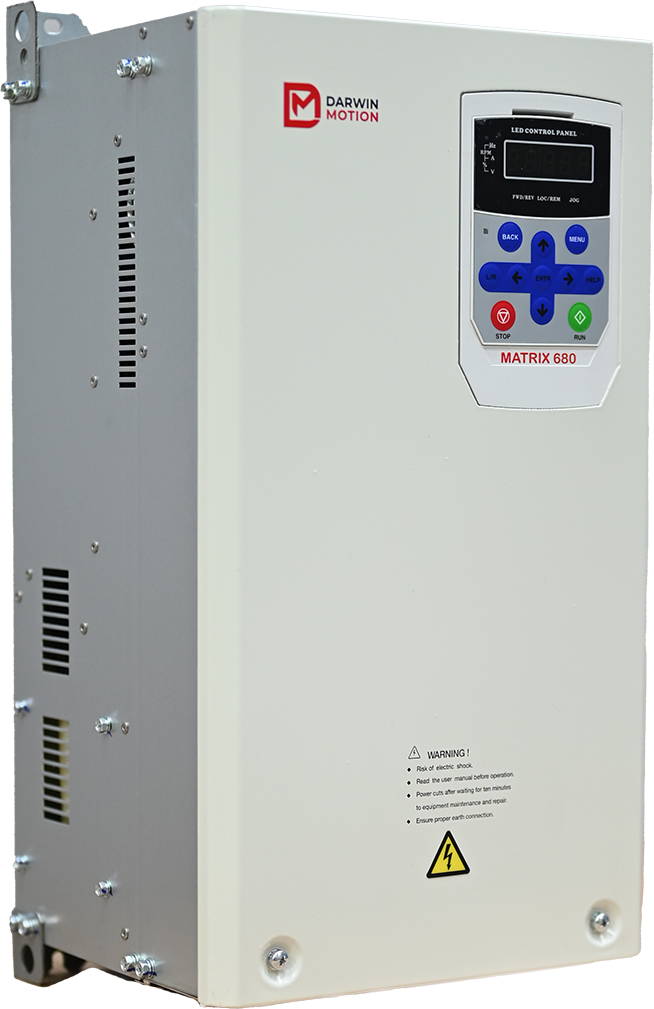Posted on 3rd Sep 2024

Variable Frequency Drives (VFDs) and inverters are terms often used interchangeably in the world of electrical engineering, but they describe distinct technologies with overlapping functionalities. Understanding why VFDs are sometimes referred to as inverters requires a look at their underlying principles and the role they play in managing electrical systems. This article explores the relationship between VFDs and inverters, clarifies their functions, and highlights why these terms are sometimes used synonymously.
A Variable Frequency Drive (VFD) is an electronic device used to control the speed and torque of an electric motor by varying the frequency and voltage supplied to the motor. By adjusting these parameters, VFDs enhance energy efficiency, reduce mechanical wear, and provide better control over motor-driven processes. VFDs are widely used in applications ranging from HVAC systems and pumps to conveyor belts and fans.
An inverter is a device that converts direct current (DC) to alternating current (AC). This conversion is crucial for many applications, particularly in renewable energy systems (like solar panels) and uninterruptible power supplies (UPS). Inverters are also essential for driving AC motors in various applications. The core function of an inverter is to modify the voltage and frequency of the output AC power.
The reason VFDs are sometimes referred to as inverters lies in their use of inverter technology. To understand this, it’s helpful to break down the process:
AC to DC Conversion: VFDs start by converting the incoming AC power to DC power. This is achieved through a rectifier circuit.
DC to AC Inversion: After converting AC to DC, the VFD then uses an inverter circuit to convert the DC power back to AC. The inverter adjusts the frequency and voltage of the output AC power according to the desired motor speed and torque.
Motor Control: The modified AC power is then used to drive the motor, enabling precise control over its performance.
In essence, VFDs incorporate inverter technology within their design. While the primary function of a VFD is to control motor speed and torque, part of this function involves converting DC power back to AC power, making the inverter component an integral part of the VFD system. This dual role is why VFDs are sometimes referred to as inverters.
While all VFDs include inverter technology, not all inverters are VFDs. Here’s a breakdown of their distinctions and overlaps:
VFDs: Specifically designed to control the speed and torque of electric motors. They are optimized for motor control applications and include additional components for frequency and voltage modulation.
Inverters: More general devices that convert DC to AC. They are used in various applications, including renewable energy systems, power backup solutions, and motor drives. Inverters might not include the motor control features found in VFDs.
In practice, the terms overlap in scenarios such as:
Solar Power Systems: Inverters convert DC power from solar panels into AC power for the grid. Some advanced systems use VFDs with inverter functions to manage and optimize motor-driven equipment within the system.
Electric Vehicles: Both VFDs and inverters are used to control electric motors. The inverter function within a VFD regulates the motor’s speed and torque by adjusting the AC power.
In summary, the reason Variable Frequency Drives (VFDs) are sometimes called inverters is due to their use of inverter technology as part of their functionality. VFDs employ an inverter to convert DC back to AC while controlling motor speed and torque, integrating the inverter's role into their broader function. Understanding this relationship helps clarify the terminology and appreciate the multifaceted capabilities of VFDs in modern electrical and mechanical systems.